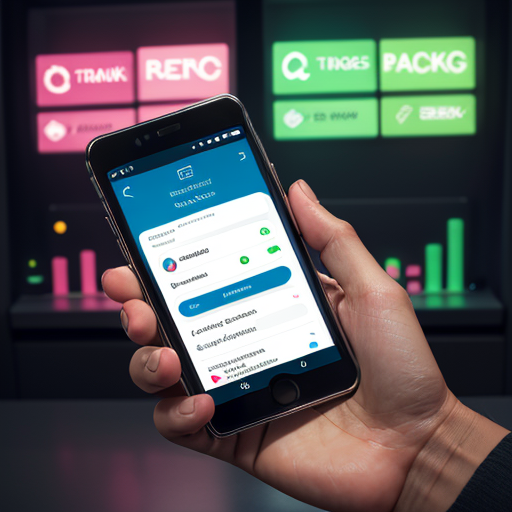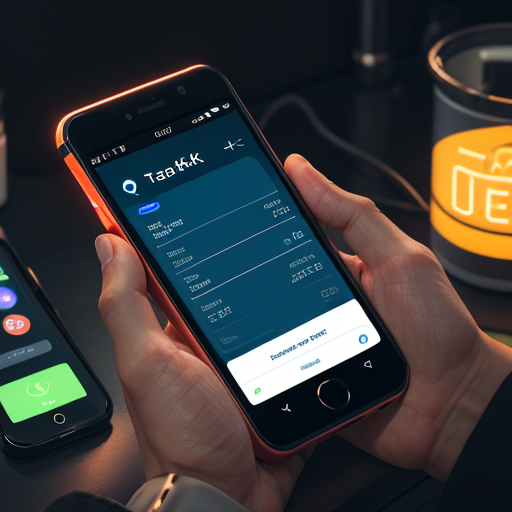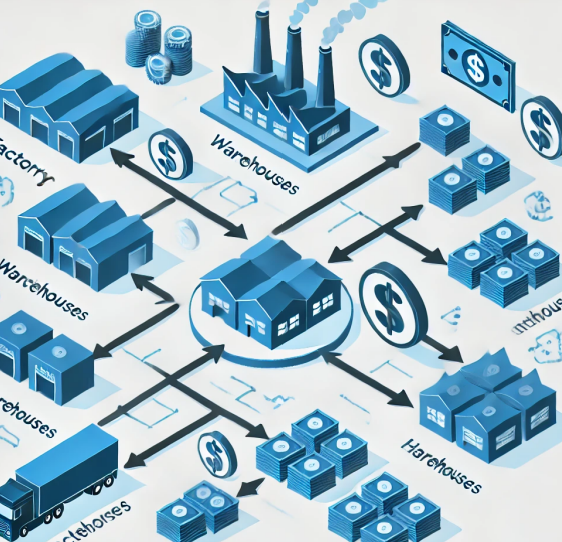The Rise of Neobanks: What They Mean for Traditional Banking
The financial landscape is undergoing a seismic shift, driven by the rapid ascent of neobanks—digital-only banks that operate without physical branches. These fintech disruptors, such as Chime, Revolut, and N26, have amassed millions of users globally by offering sleek interfaces, lower fees, and hyper-personalized services. For traditional banks, this raises existential questions: Are they prepared to compete in a digitized world? What does the rise of neobanks mean for the future of banking? This article explores how neobanks are reshaping consumer expectations, the challenges they face, and how legacy institutions are adapting to survive.
1. What Are Neobanks—and Why Are They Disrupting Finance?
Neobanks are 100% digital financial platforms that provide banking services exclusively through mobile apps or websites. Unlike traditional banks, they don’t own physical branches, which allows them to slash overhead costs and pass savings to customers through zero monthly fees, higher interest rates on savings, and instant rewards.
Their appeal lies in user-centric design. For example, Chime’s “early paycheck” feature gives users access to wages up to two days sooner than traditional banks. Revolut offers fee-free international currency exchanges, a boon for travelers. These innovations cater to younger, tech-savvy demographics: 78% of millennials and Gen Z prefer mobile-first banking solutions, according to a 2023 EY report.

2. The Competitive Edge: How Neobanks Outperform Traditional Banks
Lower Costs, Higher Value
Traditional banks spend roughly 60–70% of their revenue on operational costs (branches, staff, legacy IT systems). Neobanks operate at a fraction of this expense, enabling them to offer:
- No overdraft fees (e.g., Chime’s SpotMe feature covers up to $200 without charges).
- Savings APYs up to 4.5% (compared to the national average of 0.42% at traditional banks).
- Instant cashback rewards on everyday purchases.
Hyper-Personalization Through AI
Neobanks leverage machine learning to analyze spending patterns and offer tailored advice. For instance, Varo Money nudges users to save small amounts automatically, while N26 categorizes expenses in real time.
Speed and Accessibility
Opening a neobank account takes minutes versus days at brick-and-mortar institutions. Features like budgeting tools, subscription managers, and investment integrations (e.g., Revolut’s stock trading) create a one-stop financial hub.
3. The Challenges Neobanks Still Face
Despite their growth, neobanks grapple with critical hurdles:
Regulatory Scrutiny and Trust Gaps
Many neobanks partner with chartered banks to offer FDIC-insured accounts, but their lack of physical presence can deter older or risk-averse customers. Regulatory compliance also varies by region—N26 exited the U.S. market in 2022 due to licensing complexities.
Profitability Concerns
Only 5% of neobanks worldwide are profitable, per a McKinsey study. Their reliance on interchange fees (from debit card transactions) and subscription tiers leaves them vulnerable to economic downturns.
Limited Product Offerings
Most neobanks focus on checking/savings accounts and loans. Complex services like mortgages or wealth management remain dominated by traditional players.
4. How Traditional Banks Are Fighting Back
Legacy institutions aren’t surrendering without a fight. Here’s how they’re adapting:
Building Their Own Digital Arms
JPMorgan Chase’s Finn (now merged with Chase Mobile) and Goldman Sachs’ Marcus offer high-yield savings accounts and robo-advisors. BBVA’s API-driven platform allows third-party developers to integrate banking services into apps.
Partnerships and Acquisitions
Capital One acquired fintech pioneer Level Money to enhance its budgeting tools. Citi collaborates with Plaid to streamline data sharing for customers.
Revamping Customer Experience
Bank of America’s Erica, an AI-powered assistant, has resolved over 1.5 billion client requests since 2018. Wells Fargo’s Control Tower lets users monitor subscriptions and recurring payments—a feature inspired by neobanks.
5. The Future of Banking: Collaboration or Competition?
The line between neobanks and traditional banks is blurring. Three trends will shape the next decade:
Hybrid Models
Expect more partnerships, like Green Dot Bank powering the backend for Uber’s debit card or HSBC’s Kinetic app blending AI with human advisors.
Embedded Finance
Non-financial companies (e.g., Apple, Amazon) are embedding banking services into their ecosystems. Apple’s savings account with Goldman Sachs attracted $10 billion in deposits within four months of launch.
Global Expansion
Neobanks like Revolut and Wise are targeting emerging markets, where smartphone penetration outpaces bank branch availability.
Conclusion
Neobanks have irrevocably altered consumer expectations, forcing traditional banks to innovate or risk obsolescence. While neobanks excel in agility and cost efficiency, they lack the regulatory depth and diversified offerings of legacy players. The future likely hinges on collaboration—a symbiosis where neobanks inject innovation into traditional systems, and established banks provide scale and stability. For consumers, this rivalry means better services, lower costs, and more control over their financial lives. As the battle heats up, one thing is clear: banking will never be the same.
(Writer:Cily)







